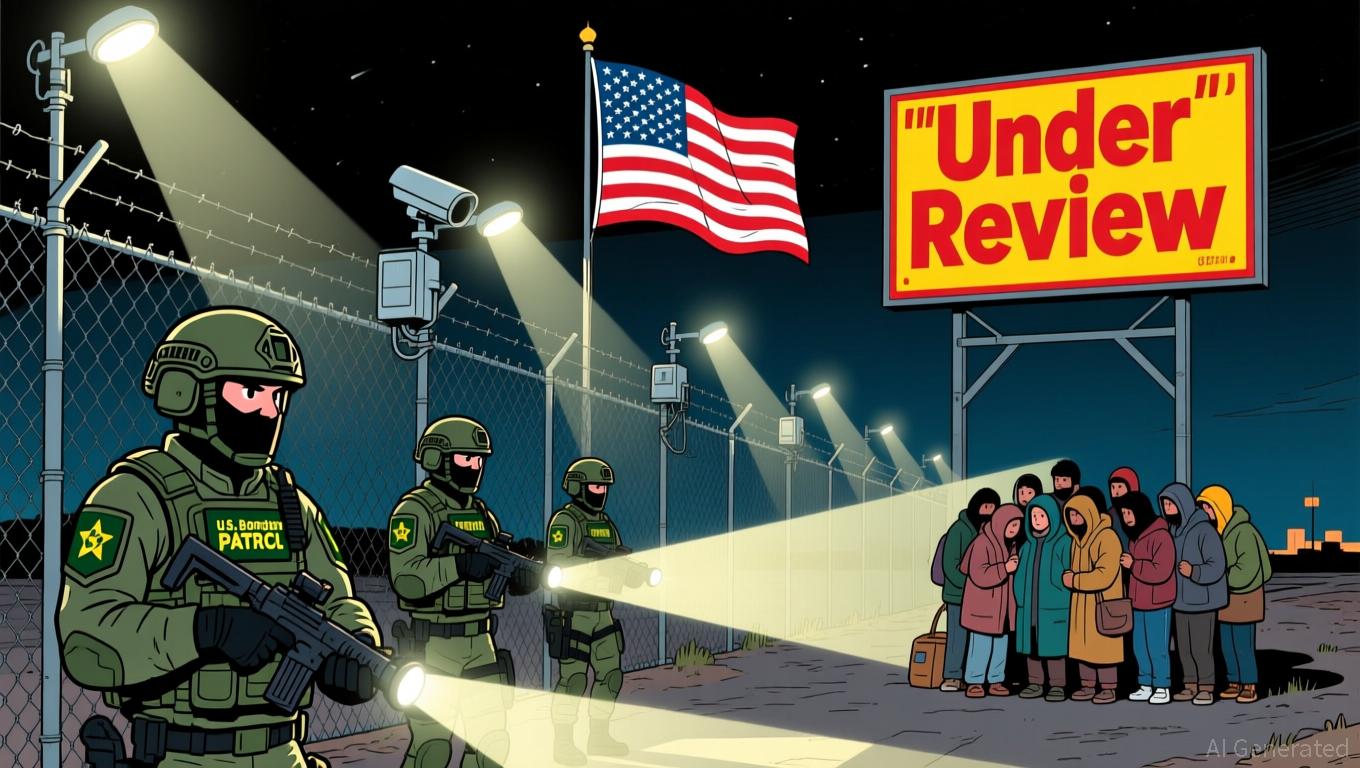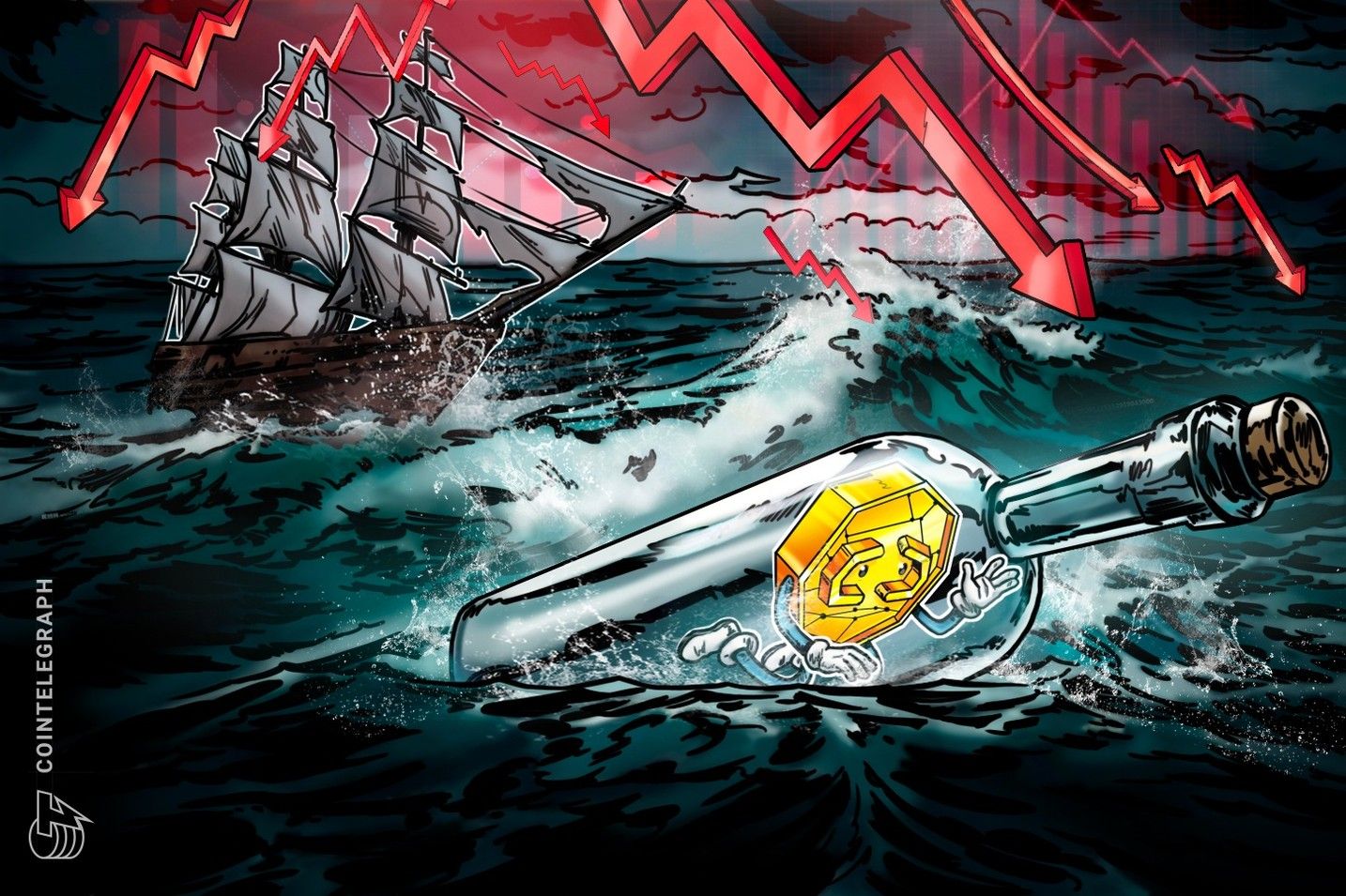The Importance of Security Systems in Contemporary Investment Choices
- Cybersecurity investments are now strategic priorities across education, finance, and tech sectors, directly impacting investor confidence and financial stability. - Education institutions adopting zero-trust models and endpoint security see measurable ROI, though 61% rely on general funds for cybersecurity amid rising cyber threats. - Financial firms leveraging AI for fraud detection and third-party risk management gain competitive edges, as cyberattacks could trigger macroeconomic instability per IMF w
Cybersecurity: A Key Factor in Modern Investment Strategies
As our world becomes ever more digitally connected, cybersecurity has evolved from a technical issue into a crucial financial consideration. Investors are paying closer attention to how organizations protect their digital assets, understanding that strong security measures are essential for financial health, operational continuity, and sustainable growth. Whether in schools or leading technology companies, the evidence is clear: investing in cybersecurity is now a necessity, not a choice. Below, we explore how enhanced security in education, finance, and technology sectors is shaping investor trust and opening up new avenues for growth.
Education: Facing Cyber Threats with Innovative Solutions
Educational institutions have increasingly become targets for cyberattacks, with 82% of K-12 schools reporting incidents between 2023 and 2024. These attacks—ranging from ransomware to phishing and data breaches—have disrupted learning, strained budgets, and undermined public confidence. The Ryuk ransomware incident in Baltimore County Public Schools, for example, resulted in school closures and millions in recovery costs. However, forward-thinking investments are beginning to make a difference.

By implementing zero-trust frameworks, multifactor authentication, and advanced endpoint protection, schools are seeing tangible returns. According to a 2025 CoSN State of EdTech District Leadership report, 65% of districts now focus on endpoint security, and 71% have updated their cyber insurance to better manage risks. These steps not only reduce the likelihood of costly breaches but also reassure parents, donors, and policymakers that schools are committed to both educational and financial stability.
Despite these advances, securing adequate funding remains a challenge. 61% of districts depend on general funds for cybersecurity, prompting some, such as those in Minnesota, to turn to taxpayer-approved levies to fill funding gaps. This highlights an important point for investors: sectors with essential yet underfunded infrastructure offer both significant risks and unique opportunities.
Finance: Cybersecurity as a Pillar of Market Confidence
The financial industry’s dependence on digital systems makes it a prime target for cyber threats. A 2024 breach at American Express—caused by a third-party vendor—exposed sensitive customer information and underscored the risks inherent in complex supply chains. Similarly, the 2017 Equifax breach, which led to $1 billion in penalties, serves as a stark reminder of the potential financial and reputational damage.
The industry is responding with innovation. Sixty-six percent of finance professionals anticipate that AI-driven fraud detection will transform cybersecurity within the next year. Already, AI-powered systems are monitoring transactions in real time, identifying suspicious behavior before it becomes a major issue. For investors, companies that embrace AI in their security strategies are better equipped to maintain customer trust and avoid costly breaches.
On a global scale, the stakes are even higher. The International Monetary Fund (IMF) has cautioned that cyberattacks on financial institutions could spark widespread market instability, including selloffs or bank runs. This elevates cybersecurity from a company-level concern to a matter of economic stability. Investors who favor organizations with strong third-party risk management and board-level oversight are positioning themselves for greater security in an unpredictable environment.
Technology: Balancing Innovation with Security
Technology companies are at the forefront of both defending against and innovating within the cybersecurity landscape. The expansion of AI and cloud computing has increased potential vulnerabilities, but it has also enabled more sophisticated defenses. For instance, 81% of Fortune 100 companies now include their Chief Information Security Officer (CISO) in board-level risk discussions, a significant increase from 61% in 2018. This trend demonstrates a growing recognition of cybersecurity as a strategic priority.
Investor confidence is closely linked to how well companies manage risks associated with AI. In 2024, 20% of S&P 500 companies disclosed AI-related cybersecurity risks, but those that proactively address these issues—through simulations, tabletop exercises, and zero-trust strategies—are gaining a competitive advantage. The U.S. government’s $3 billion investment in the Cybersecurity and Infrastructure Security Agency (CISA) for 2025 further emphasizes the sector’s significance, benefiting tech firms that align with national security objectives.
The cybersecurity industry itself is experiencing rapid growth. By 2033, the market is expected to reach $368.19 billion, with a compound annual growth rate of 9.3%. In 2025 alone, venture capital investment has already reached $5.1 billion, particularly favoring late-stage startups focused on identity management and security operations. This signals a sector where innovation and demand are closely aligned, offering attractive opportunities for investors.
Conclusion: Cybersecurity as a Catalyst for Growth
Today, cybersecurity is recognized not as a mere expense, but as a driver of value. In education, it ensures the continuity of essential services and fosters trust. In finance, it underpins market stability and investor assurance. In technology, it enables innovation while managing risk. The unifying theme is clear: organizations that treat cybersecurity as a strategic priority are better equipped to succeed in an increasingly digital world.
For investors, the takeaway is unmistakable: robust security systems are a key indicator of long-term resilience. Whether it’s a school district implementing zero-trust protocols or a tech company leveraging AI for threat detection, those who view cybersecurity as a foundation for growth will emerge as leaders in the new digital era.
Disclaimer: The content of this article solely reflects the author's opinion and does not represent the platform in any capacity. This article is not intended to serve as a reference for making investment decisions.
You may also like
Trump’s Prioritization of Security in Immigration Policy Fuels Political and Humanitarian Divides
- Trump administration halted Afghan immigration and ordered re-screening of 200,000 Biden-era refugees after a suspect in a National Guard shooting entered via Operation Allies Welcome. - USCIS criticized Biden's refugee program for prioritizing speed over security, sparking debates over vetting standards and humanitarian values. - 68% of U.S. Latinos report worsened conditions under Trump, with 80% disapproving of immigration policies that exacerbate deportation fears and economic strain. - Executive ord

Solana News Update: DeFi Capital Shifts Focus to Performance-Oriented Projects Amid Intensifying Bearish Trends for Solana
- Solana (SOL) faces bearish pressure below $130, with key EMAs sloping downward and RSI at 32 indicating oversold conditions. - Despite $11M weekly ETF inflows, futures Open Interest dropped 60% to $6.95B, highlighting fragmented investor sentiment amid broader sell-offs. - Mutuum Finance (MUTM) gains traction with $19M raised in presale, offering a dual-layer DeFi ecosystem and 250% price appreciation since launch. - Institutional capital shifts toward execution-driven projects like MUTM, contrasting Sol

Bitcoin sees ‘significant step forward’ as $97K BTC price targets return

What’s behind the surge in privacy tokens as the rest of the market weakens?
